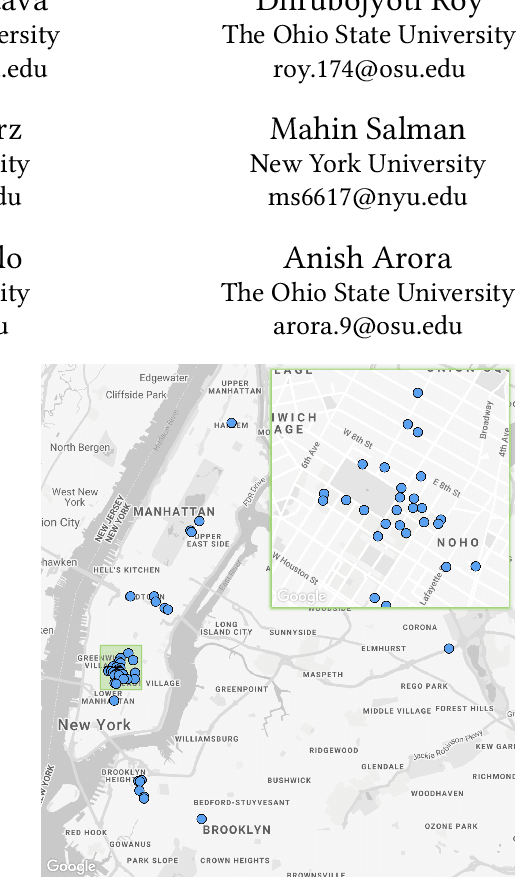Jihoon Yun
PAMLR: A Passive-Active Multi-Armed Bandit-Based Solution for LoRa Channel Allocation
Oct 07, 2024Abstract:Achieving low duty cycle operation in low-power wireless networks in urban environments is complicated by the complex and variable dynamics of external interference and fading. We explore the use of reinforcement learning for achieving low power consumption for the task of optimal selection of channels. The learning relies on a hybrid of passive channel sampling for dealing with external interference and active channel sampling for dealing with fading. Our solution, Passive-Active Multi-armed bandit for LoRa (PAMLR, pronounced "Pamela"), balances the two types of samples to achieve energy-efficient channel selection: active channel measurements are tuned to an appropriately low level to update noise thresholds, and to compensate passive channel measurements are tuned to an appropriately high level for selecting the top-most channels from channel exploration using the noise thresholds. The rates of both types of samples are adapted in response to channel dynamics. Based on extensive testing in multiple environments in different cities, we validate that PAMLR can maintain excellent communication quality, as demonstrated by a low SNR regret compared to the optimal channel allocation policy, while substantially minimizing the energy cost associated with channel measurements.
* 10 pages
Infrastructure-free, Deep Learned Urban Noise Monitoring at $\sim$100mW
Mar 11, 2022



Abstract:The Sounds of New York City (SONYC) wireless sensor network (WSN) has been fielded in Manhattan and Brooklyn over the past five years, as part of a larger human-in-the-loop cyber-physical control system for monitoring, analyzing, and mitigating urban noise pollution. We describe the evolution of the 2-tier SONYC WSN from an acoustic data collection fabric into a 3-tier in situ noise complaint monitoring WSN, and its current evaluation. The added tier consists of long-range (LoRa), multi-hop networks of a new low-power acoustic mote, MKII ("Mach 2"), that we have designed and fabricated. MKII motes are notable in three ways: First, they advance machine learning capability at mote-scale in this application domain by introducing a real-time Convolutional Neural Network (CNN) based embedding model that is competitive with alternatives while also requiring 10$\times$ lesser training data and $\sim$2 orders of magnitude fewer runtime resources. Second, they are conveniently deployed relatively far from higher-tier base station nodes without assuming power or network infrastructure support at operationally relevant sites (such as construction zones), yielding a relatively low-cost solution. And third, their networking is frequency agile, unlike conventional LoRa networks: it tolerates in a distributed, self-stabilizing way the variable external interference and link fading in the cluttered 902-928MHz ISM band urban environment by dynamically choosing good frequencies using an efficient new method that combines passive and active measurements.
 Add to Chrome
Add to Chrome Add to Firefox
Add to Firefox Add to Edge
Add to Edge